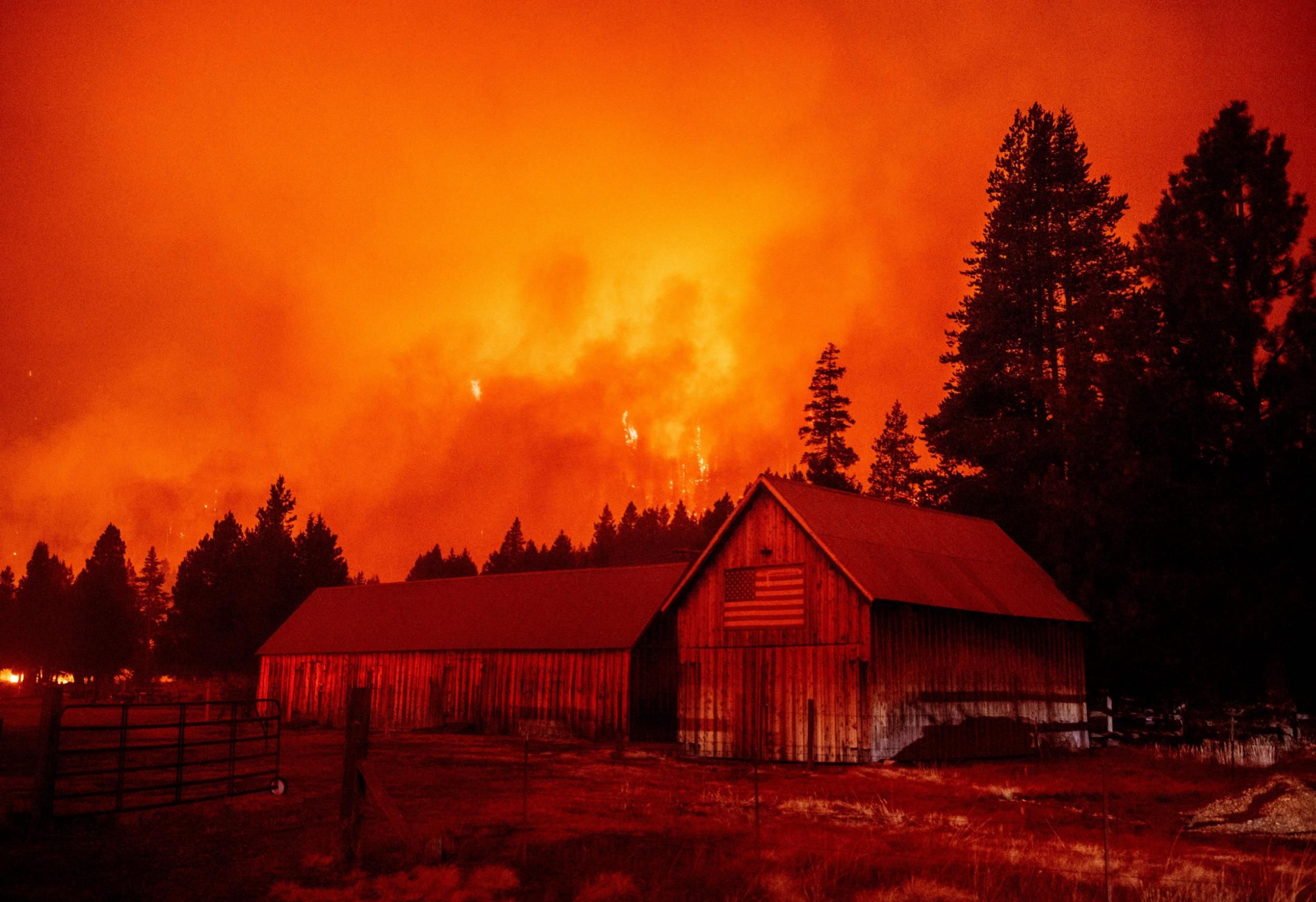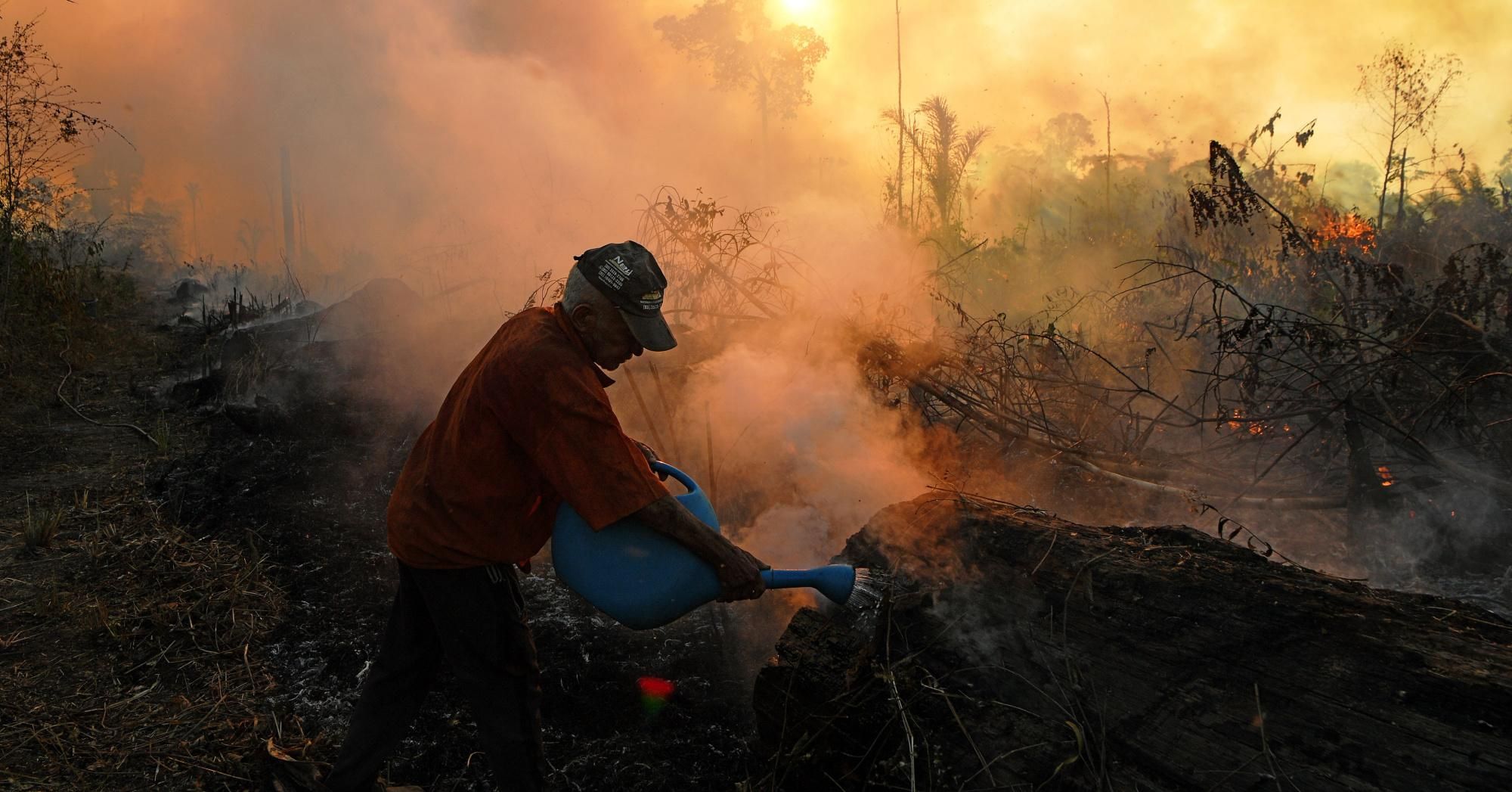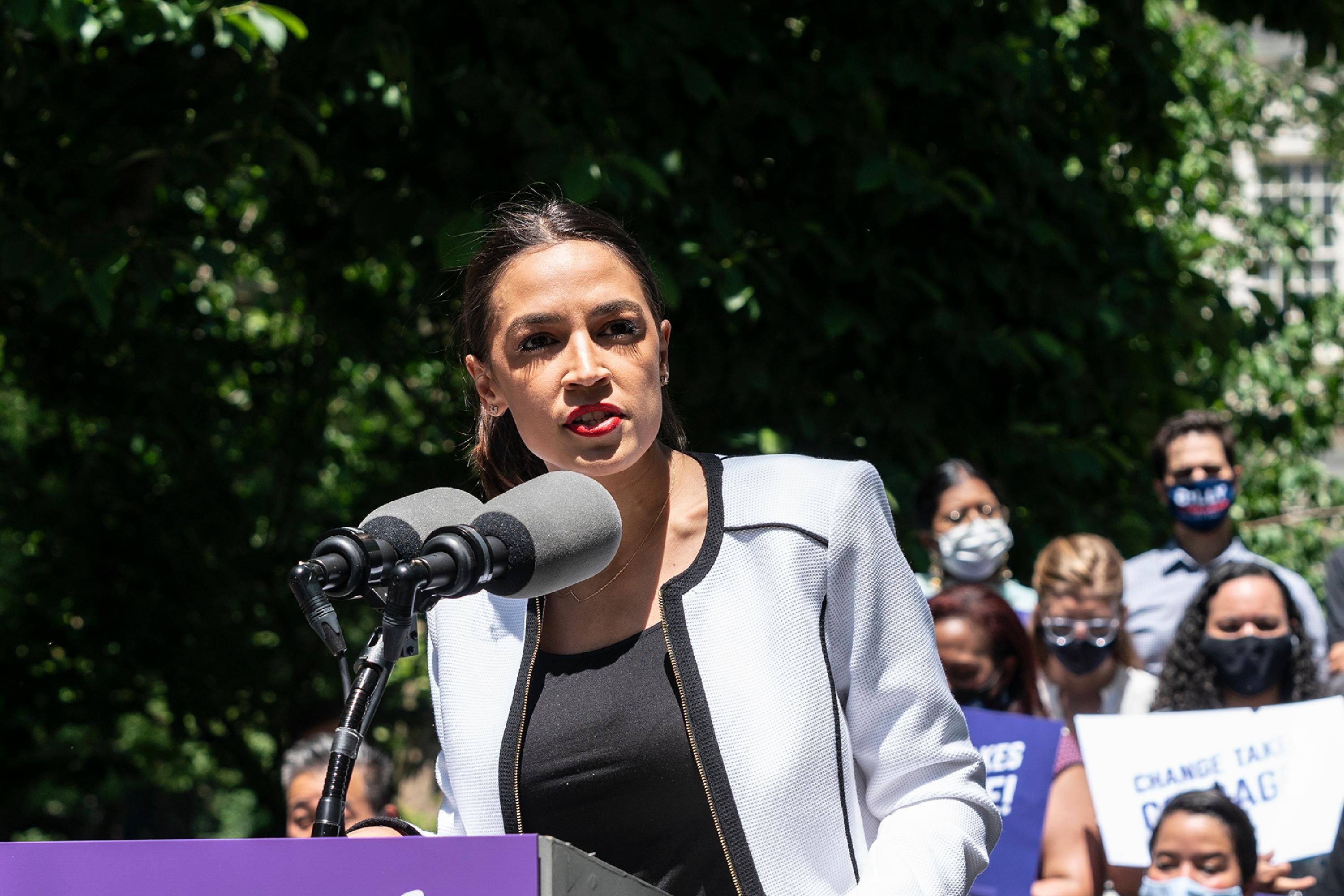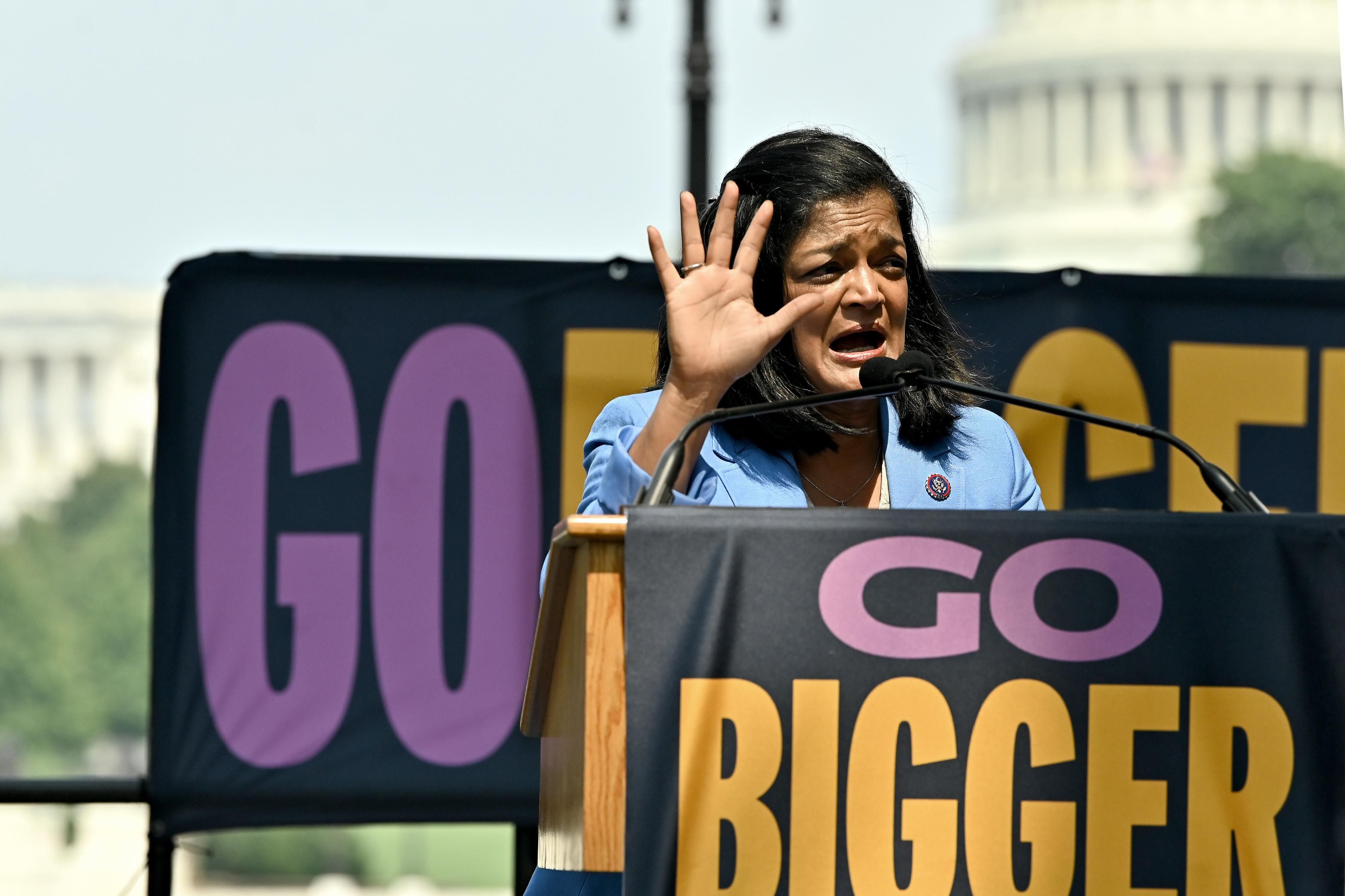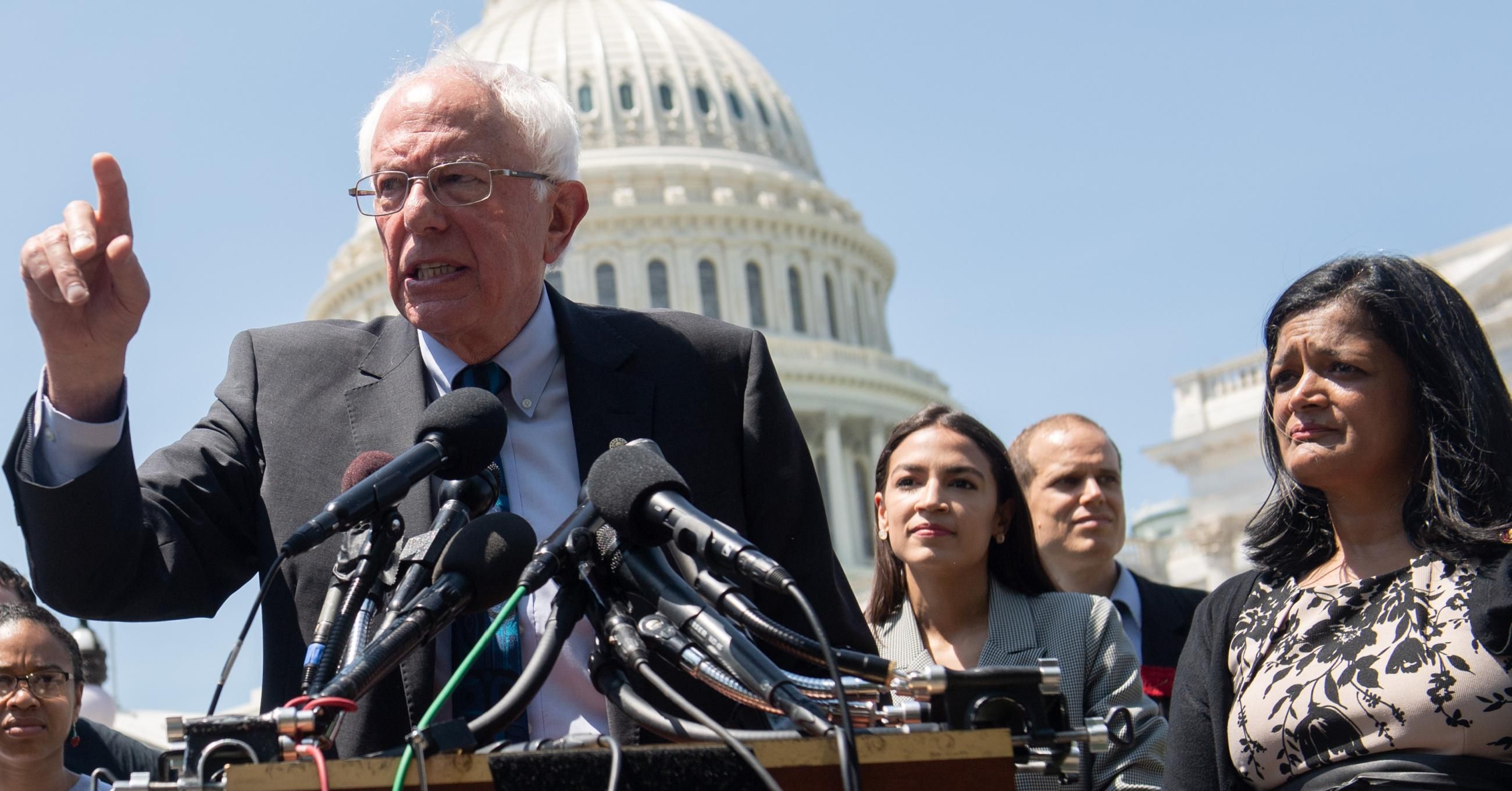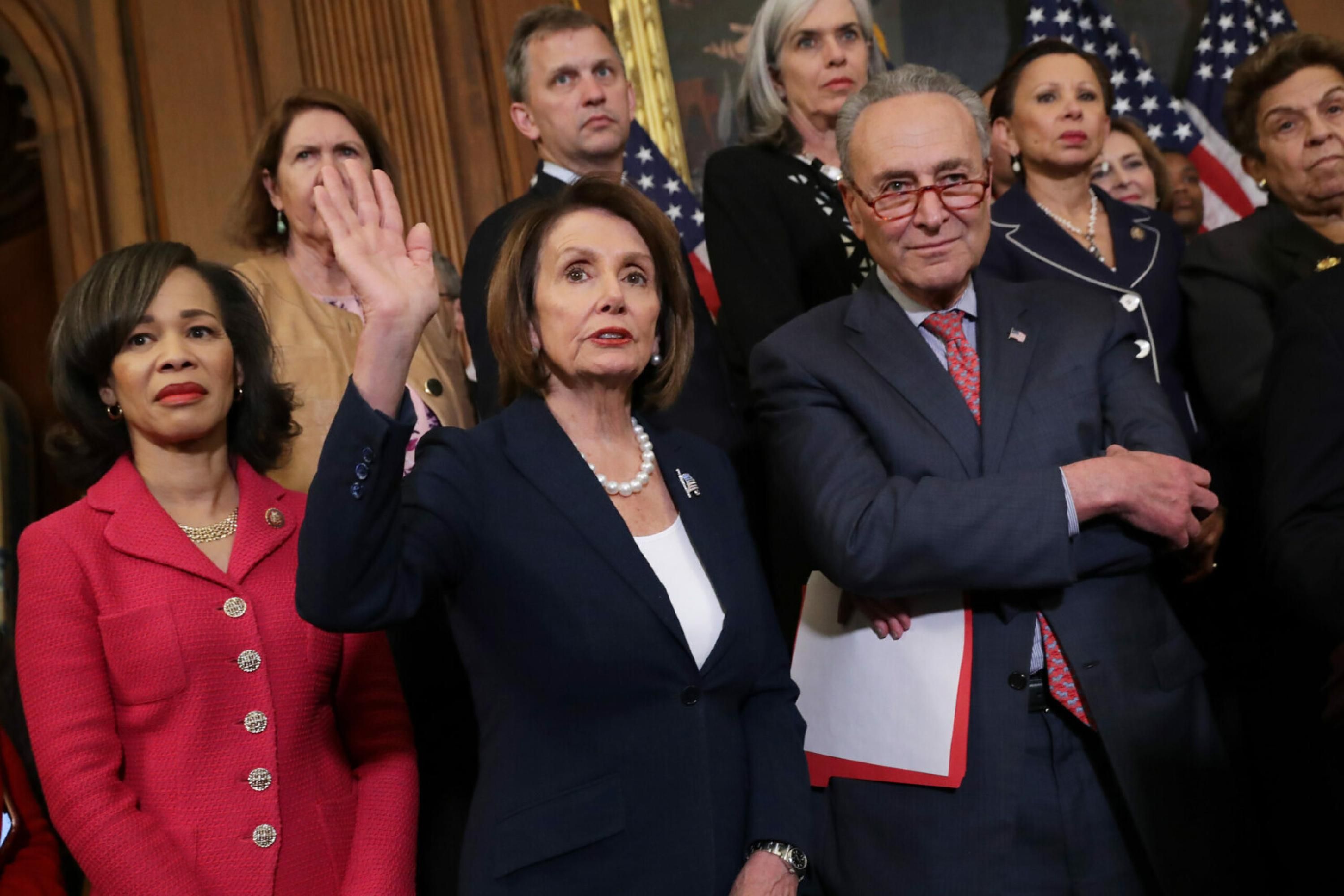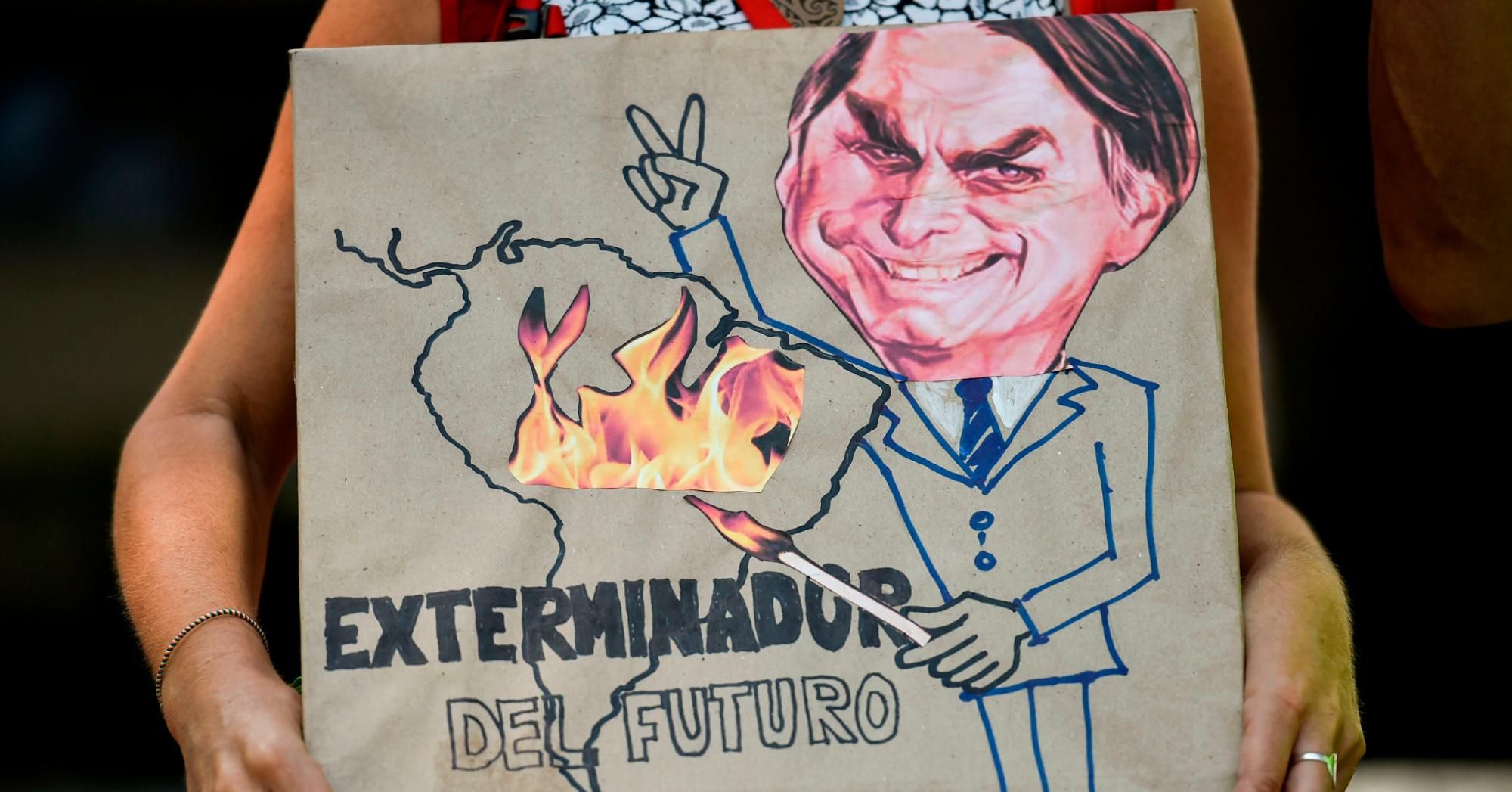In recent decades, the U.S. federal government, growing more and more isolationist, has abandoned its role in global conservation of biodiversity.
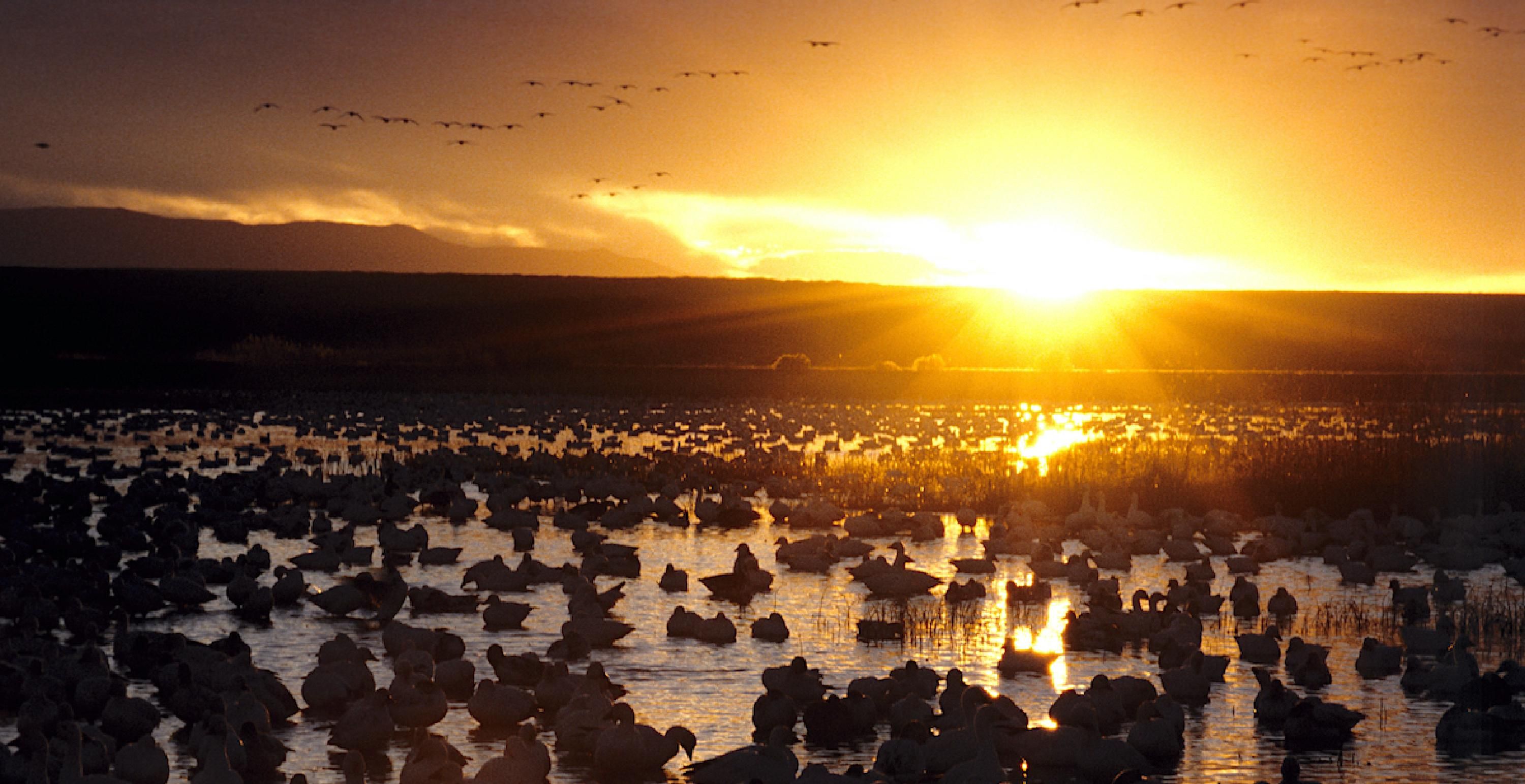
Snow geese, Bosque del Apache National Wildlife Refuge, New Mexico. After spending the winter in New Mexico, the snow geese go to the Arctic (Alaska, Nunavut, Siberia) for nesting and rearing their young. (Photo: Subhankar Banerjee, 1998).
LONG READ
SUBHANKAR BANERJEE
COMMON DREAMS
October 12, 2021
After a long stretch of public inattention, biodiversity conservation is a hot topic again, as if we had suddenly been jolted into awareness that our survival as a species, too, depends on the flourishing of all the other nonhuman beings who inhabit this Earth. Articles and op-eds are now filling print and online spaces. This, of course, is very encouraging, but no one is speaking about the elephant in the room or, rather, not in the room: the United States federal government is missing from the global biodiversity conservation community.
The climate crisis requires that we work together, and so does biodiversity.
The Convention on Biological Diversity (CBD) is moving full speed ahead on the creation of a post-2020 Global Biodiversity Framework that is expected to be finalized and adopted at the UN Biodiversity Conference COP15, scheduled to take place, in-person, in Kunming, China, next year. The first part of the negotiations started on Monday, with meetings to take place virtually through Friday of this week. The United States, however, is not at the table helping to shape that Framework as an official member. Why?
Check the "List of Parties" page on the CBD website, and you'll find a long, numbered list of nation states, 196 in total. But there are also two unnumbered entries at the very bottom: the "Holy See" and then, dead last, "United States of America." The U.S. did sign the agreement in 1993, a year after the CBD was established at the historic 1992 UN Earth Summit in Rio de Janeiro, but never ratified it. Hence the ignominious bottom-of-the-pile spot it occupies today. And not only is the U.S. not a party to the Convention on Biological Diversity, it hasn't joined the Convention on the Conservation of Migratory Species of Wild Animals (CMS) either.
This is embarrassing. More importantly, it is also sad.
It is sad because the United States was the first country in the world to establish a federal agency for biodiversity conservation, the first to establish a national wildlife refuge, the first to establish a transnational migratory species conservation treaty, the first to help steer a hemispheric treaty to protect wild animals and plants across the Americas, and the first to establish a legal framework to protect species that are in peril. One cringes to see the United States now hunkered on that last, unnumbered spot on the "List of Parties" committed to biological diversity. To understand our current disgrace, a quick look back might prove helpful.
A brief history of U.S. leadership in biodiversity conservation
At the turn of the twentieth century, alarmed by decades of industrial-scale massacres of wild birds to support the demands in the cities for plumes for the fashion industry and wild meat for game markets, the U.S. federal government and conservation advocates took action. In 1896, the Division of Biological Survey was established within the U.S. Department of Agriculture, with a mandate to study the nation's birds and other wildlife. Five years later, President Theodore Roosevelt established the Pelican Island National Wildlife Refuge on the ancestral lands of the Miccosukee Tribe along Florida's Atlantic coast. This action provided the foundation of a conservation system that today comprises more than 150 million acres with nearly 570 national wildlife refuges strewn across the nation, including the imperiled Arctic National Wildlife Refuge, which harbors a vibrant biological nursery of global significance.
After a long stretch of public inattention, biodiversity conservation is a hot topic again, as if we had suddenly been jolted into awareness that our survival as a species, too, depends on the flourishing of all the other nonhuman beings who inhabit this Earth. Articles and op-eds are now filling print and online spaces. This, of course, is very encouraging, but no one is speaking about the elephant in the room or, rather, not in the room: the United States federal government is missing from the global biodiversity conservation community.
The climate crisis requires that we work together, and so does biodiversity.
The Convention on Biological Diversity (CBD) is moving full speed ahead on the creation of a post-2020 Global Biodiversity Framework that is expected to be finalized and adopted at the UN Biodiversity Conference COP15, scheduled to take place, in-person, in Kunming, China, next year. The first part of the negotiations started on Monday, with meetings to take place virtually through Friday of this week. The United States, however, is not at the table helping to shape that Framework as an official member. Why?
Check the "List of Parties" page on the CBD website, and you'll find a long, numbered list of nation states, 196 in total. But there are also two unnumbered entries at the very bottom: the "Holy See" and then, dead last, "United States of America." The U.S. did sign the agreement in 1993, a year after the CBD was established at the historic 1992 UN Earth Summit in Rio de Janeiro, but never ratified it. Hence the ignominious bottom-of-the-pile spot it occupies today. And not only is the U.S. not a party to the Convention on Biological Diversity, it hasn't joined the Convention on the Conservation of Migratory Species of Wild Animals (CMS) either.
This is embarrassing. More importantly, it is also sad.
It is sad because the United States was the first country in the world to establish a federal agency for biodiversity conservation, the first to establish a national wildlife refuge, the first to establish a transnational migratory species conservation treaty, the first to help steer a hemispheric treaty to protect wild animals and plants across the Americas, and the first to establish a legal framework to protect species that are in peril. One cringes to see the United States now hunkered on that last, unnumbered spot on the "List of Parties" committed to biological diversity. To understand our current disgrace, a quick look back might prove helpful.
A brief history of U.S. leadership in biodiversity conservation
At the turn of the twentieth century, alarmed by decades of industrial-scale massacres of wild birds to support the demands in the cities for plumes for the fashion industry and wild meat for game markets, the U.S. federal government and conservation advocates took action. In 1896, the Division of Biological Survey was established within the U.S. Department of Agriculture, with a mandate to study the nation's birds and other wildlife. Five years later, President Theodore Roosevelt established the Pelican Island National Wildlife Refuge on the ancestral lands of the Miccosukee Tribe along Florida's Atlantic coast. This action provided the foundation of a conservation system that today comprises more than 150 million acres with nearly 570 national wildlife refuges strewn across the nation, including the imperiled Arctic National Wildlife Refuge, which harbors a vibrant biological nursery of global significance.

Buff-breasted sandpiper courtship display, Arctic National Wildlife Refuge, Alaska. Born in the Arctic tundra, these sandpipers spend the winter in the Pampas grasslands of Argentina and other places in South America (Photo: Subhankar Banerjee, 2002).
In 1905, the Division of Biological Survey was renamed the Bureau of Biological Survey. The same year saw the creation of the National Association of Audubon Societies for the Protection of Wild Birds and Animals. Five years later, the Bureau of Biological Survey published a 100-page report by one of its ornithologists, Wells W. Cooke's "Distribution and Migration of North American Shorebirds." Cooke's report, not the kind one would expect from a government scientist, is a curious but effective mix of scientific facts and passionate appeals for conservation. In the end, the efforts of the Bureau of Biological Survey and the grassroots campaigns organized by members of the Audubon Society were successful: in 1916, the United States and Great Britain (representing Canada) signed a treaty to protect migratory birds. Two years later, the U.S. Congress passed the landmark Migratory Bird Treaty Act (MBTA) of 1918.
In 1940, the U.S. Fish and Wildlife Service emerged from a fusion of the Bureau of Biological Survey and the Bureau of Fisheries and was placed within the Department of the Interior. The same year, at a gathering in Washington, DC, the United States and other nations across the Americas drafted and adopted the Convention on Nature Protection and Wildlife Preservation in the Western Hemisphere. Initially signed by 18 nations, with four more to follow in later years, the hemispheric treaty aimed to protect all wild animals and plants across the Americas.
In 1962, Silent Spring by Rachel Carson, a former biologist and writer with the Fish and Wildlife Service, brought critical attention to industrial chemicals that threaten the survival of birds and animals. Carson's bestselling book marked a turning point and a watershed moment for species conservation, which now was about so much more than protecting land and water. The worldwide campaign for environmental justice had begun.

Remembering Rachel Carson at the Edge of the Sea: sea star mass die-off, Olympic National Park, Washington. (Photo: Subhankar Banerjee, 2015).
In 1966, catalyzed in part by Carson's writing, the U.S. Congress passed the Endangered Species Preservation Act. Three years later, the Act was expanded and renamed the Endangered Species Conservation Act of 1969, which in turn became the basis for the 1973 Endangered Species Act. It is widely recognized that the Endangered Species Act and its precursors have inspired other nations to establish similar frameworks for species conservation. In 1973, the United States also convened a conference in Washington, DC, during which eighty nations agreed on the Convention on International Trade in Endangered Species of Wild Fauna and Flora (CITES).
Thus, from the early twentieth century through 1973, the United States federal government spearheaded many historic species conservation initiatives, in conversation and cooperation with other nations, which led to binational, hemispheric, and international treaties to protect wild animals and plants with whom we share this Earth.
And then the story changed, and not for the better.
The U.S. abandons its role in global biodiversity conservation
In recent decades, the U.S. federal government, growing more and more isolationist, has abandoned its role in the global conservation about biodiversity. Yet the biodiversity crisis, which includes the extinction of species and rapid decline of populations, has not abated. It is just as severe, just as consequential, and just as difficult to mitigate as the climate crisis. Both are intensifying, and both are caused by human action (and, exacerbated by inaction).
On September 29, the U.S. Department of the Interior announced that the agency is proposing to remove 23 species from the Endangered Species list and preparing to declare those species extinct, a sad awakening. Nearly 3 billion birds have died in the U.S. since 1970, with a 53% decline in populations for grassland birds and 37% decline for shorebirds. What is not so widely known, however, is that the United States ranks #7 globally in terms of the number of threatened species, with 1,851 species currently in peril in the U.S., according to the International Union for the Conservation of Nature (IUCN).
While the "America the Beautiful" conservation initiative of the Biden-Harris administration is certainly admirable, we can no longer afford to limit our efforts to what is happening within our boundaries. The United States must immediately end its isolationist approach and rejoin the global biodiversity conservation community.
If there is one lesson we have learned from the no-end-in-sight coronavirus pandemic, it is this: there must be cooperation among nations and with the United Nations. The climate crisis requires that we work together, and so does biodiversity.
The three turning points of modern biodiversity conservation
As I see it, modern biodiversity conservation has three distinct turning points. The first two are marked not so much by the severity of the biodiversity crisis observed at the time but rather by the significant actions that conservation advocates and governments took to mitigate the loss of nonhuman lives. The first turn—the dawn of modern biodiversity conversation—happened at the turn of the twentieth century and remained focused primarily on protection of land and water and banned the massacre of wild birds for commercial purposes. The second turning point, the publication of Silent Spring in 1962, redirecting our attention to the impact of industrial chemicals on the biodiversity crisis, warned us that destroying the web of life would mean destroying ourselves, which provided a foundation for environmental justice.
We have now reached a third turning point. What makes this moment so distinctive, again, is not so much the intensifying biodiversity crisis itself and its drivers, including massive habitat loss and climate change, which are very concerning of course, but rather the promise of a new model of biodiversity conservation.
The most spirited, and most acrimonious, global debates are being triggered by different approaches to biodiversity conservation. While western ecologists dream about setting aside "protected areas" (e.g. the Harvard entomologist E. O. Wilson's "Half-Earth" project), many Indigenous human rights activists and their allies denounce that approach as "fortress conservation" and illuminate its cruel history: the evictions of Indigenous and marginalized peoples from their homelands, the criminalization of their traditions, the destruction of their food security, the severing of sacred relations they enjoy with their nonhuman kin, and the extrajudicial murders of defenders of the environment and ancestral lands. These activists and human rights institutions now demand a new, rights-based approach to biodiversity conservation.
In August, the UN Special Rapporteur on Human Rights and the Environment issued a policy brief, "Human rights-based approaches to conserving biodiversity: equitable, effective and imperative," which offers a thoughtful critique of the "fortress conservation" model. In light of this significant brief, it is imperative that the United States rejoin the UN Human Rights Council, from which the country withdrew three years ago.
We have a historic opportunity to turn a corner in the global biodiversity conversation and to develop a more just model that, while it takes what it can from western science, doesn't slight the voices of those who have been stewards of their environments for centuries.
Environmental organizations like Defenders of Wildlife in the United States are stepping up to meet this third turning point. As I write, Defenders is facilitating a national bi-lingual (English / Spanish) student letter campaign calling on President Biden to establish a National Biodiversity Strategy and a whole-of-government approach to mitigate the biodiversity crisis. Each nation that is a Party to the Convention on Biological Diversity develops a national biodiversity strategy. The youth-led letter campaign, then, is also, laying a foundation for the U.S. to ratify the Convention on Biological Diversity.

National Biodiversity Strategy Student Letter Banner. (Illustration: Alexandria Zuniga de Dóchas, 2021).
We should all be supporting these efforts and, the Biden administration should take heed of them and not only act but also build on them. Right now, the U.S. is uniquely positioned to reclaim its leadership role in biodiversity conservation, with Madame Secretary Deb Haaland, the first Indigenous cabinet secretary, at the helm of the U.S. Department of the Interior. Hailing from Pueblo of Laguna in New Mexico, Secretary Haaland cares deeply about biodiversity conservation, and environmental equity and justice. Occupying such an influential post, she can aid President Biden and provide the necessary leadership to bring the United States back into the global biodiversity conservation community. At the same time, she may also act as a bridge builder between the two models of biodiversity conservation: the rights-based approach to conservation of Indigenous activists and the protected area model proposed by western ecologists.
Three decades ago this month, the first National People of Color Environmental Leadership Summit was held in Washington, DC. At that gathering, the participants drafted and adopted the "Principles of Environmental Justice". I foresee that before long there will be a similar but expanded gathering where the participants would draft and adopt a "Principles of Multispecies Justice" to mitigate the intensifying biodiversity crisis—a set of principles to protect our nonhuman relatives and also the relations the Indigenous and other ecosystem peoples have built with their nonhuman kin.
In summary, to advance a more just biodiversity conservation agenda at this third turning point, at a minimum, four actions need to be taken, three by the United States government and one by the global community. The United States needs to ratify the Convention on Biological Diversity; needs to join the Convention on the Conservation of Migratory Species of Wild Animals; and needs to rejoin the UN Human Rights Council. And the global community, with the U.S. included, need to come together and draft and adopt a Principles of Multispecies Justice, which could then shape a more just Global Biodiversity Framework. The process that the UN Convention on Biological Diversity has so far followed, to develop the post-2020 Global Biodiversity Framework draft, appears to have been largely top-down and rushed and adopted a "conservation as usual" model. The CBD needs to slow down and make a "dramatic departure" from its current path and expand its model of biodiversity conservation to also include rights-based approaches (and, not merely as token for the sake of inclusion but as equal to the other approaches), as has been urged by the UN Special Rapporteur on Human Rights and the Environment in the recent policy brief.
This is truly an auspicious moment for biodiversity conservation. Madame Secretary Haaland, please don't miss this opportunity.
Our work is licensed under Creative Commons (CC BY-NC-ND 3.0). Feel free to republish and share widely.

Subhankar Banerjee works closely with Indigenous Gwich’in and Iñupiat community members and environmental organizations to protect significant biological nurseries in Arctic Alaska. Author of "Arctic National Wildlife Refuge: Seasons of Life and Land" (Mountaineers Books, 2003), and editor of "Arctic Voices: Resistance at the Tipping Point" (Seven Stories Press, 2013), Subhankar is currently completing two books: coeditor (with T.J. Demos and Emily Eliza Scott) of "Routledge Companion to Contemporary Art, Visual Culture and Climate Change" (Routledge, Spring 2021), and coauthor (with Ananda Banerjee) of "Biological Annihilation" (Seven Stories Press, Spring 2022). Subhankar serves as the founding Director of the Species in Peril project at UNM.
